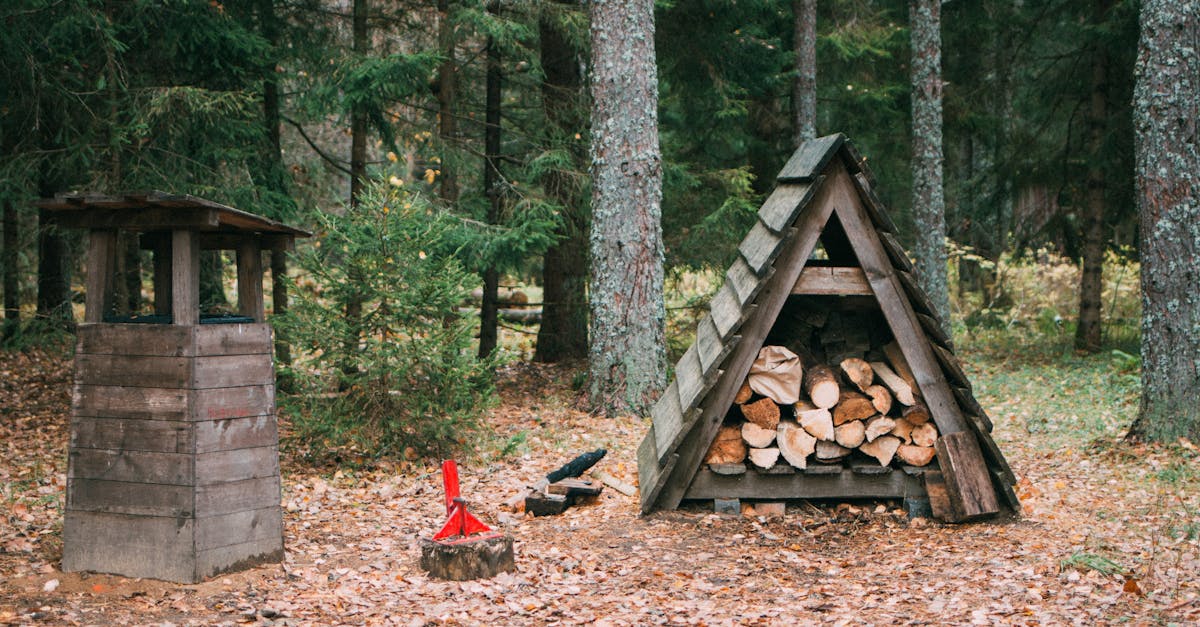Discover the untold story of South America’s rich biodiversity and how it holds the key to saving our planet. Explore the crucial role these unique ecosystems play in preserving our environment and learn how their protection is essential for the future of our planet.
the significance of South America’s biodiversity

South America is a continent of unparalleled biodiversity, boasting a myriad of ecosystems that are home to a vast array of plant and animal species. From the lush rainforests of the Amazon to the unique savannas of Brazil, the region is a treasure trove of natural wonders waiting to be explored.
The Amazon Rainforest: A Biodiversity Hotspot
The Amazon Rainforest stands as one of the most iconic symbols of biodiversity on the planet. Spanning multiple countries in South America, this vast tropical forest is teeming with life, hosting countless species of flora and fauna. It’s a biodiversity hotspot that captures the imagination of scientists and nature enthusiasts alike, offering a glimpse into the intricate web of life on Earth.
Exploring the Cerrado: Brazil’s Hidden Gem
The Cerrado, Brazil’s lesser-known savanna, is a region of remarkable biodiversity that is often overshadowed by the Amazon. Despite its lower profile, the Cerrado is a hotspot of endemic species and unique ecosystems that are vital to the health of the planet. Its conservation is crucial to preserving South America’s rich biodiversity.
Unveiling New Species: The Peruvian Discovery
A newly discovered snake species in a remote Peruvian land has captured the attention of the scientific community. Named in honor of actor Harrison Ford, this finding highlights the ongoing exploration and discovery of new species in South America, shedding light on the region’s hidden biodiversity waiting to be uncovered.
Protecting Biodiversity for Future Generations
As South America grapples with environmental challenges such as deforestation and climate change, the need to safeguard its rich biodiversity becomes increasingly urgent. Conservation efforts, scientific innovation, and sustainable practices are essential to ensuring that the continent’s natural heritage is preserved for future generations to cherish and explore.
Exploring South America’s rich biodiversity offers a glimpse into the wonders of the natural world, showcasing the intricate relationships between species and ecosystems. From the depths of the Amazon to the vast plains of the Cerrado, the continent is a treasure trove of biological diversity waiting to be discovered and protected. By valuing and conserving its unique environments, South America can continue to be a beacon of biodiversity for generations to come.
threats to South America’s rich biodiversity
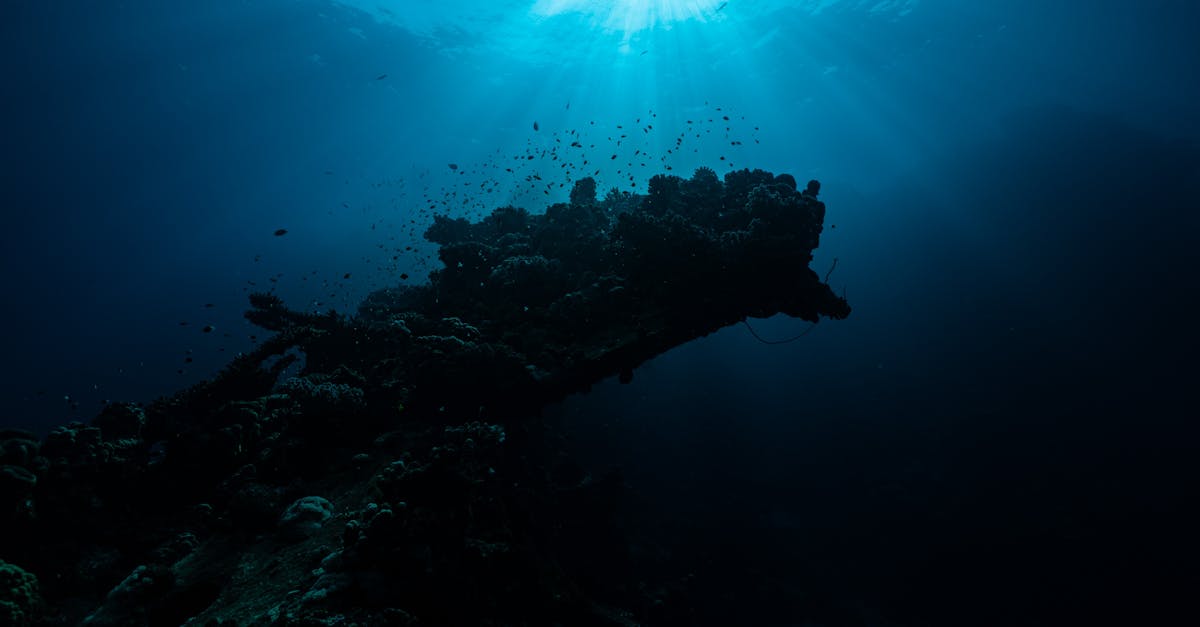
biodiversity: threats to south america’s rich biodiversity
palm oil and its impact on biodiversity
The demand for palm oil, a versatile ingredient used in a wide range of products, poses a significant threat to South America’s rich biodiversity. The expansion of palm oil plantations often leads to deforestation, habitat destruction, and fragmentation, resulting in the loss of critical ecosystems and the displacement of numerous plant and animal species. The IUCN highlights the detrimental effects of palm oil production on biodiversity, urging for sustainable practices to mitigate these impacts.
climate change and its effects on wildlife biodiversity
The Galapagos Islands, renowned for their unique wildlife species, are facing the repercussions of climate change. Rising temperatures, ocean acidification, and extreme weather events threaten the delicate balance of ecosystems, putting the survival of iconic Galapagos species at risk. Preserving the biodiversity of these islands requires urgent action to address the root causes of climate change and implement adaptive conservation strategies.
deforestation in the amazon: a threat to biodiversity hotspots
The Amazon rainforest, home to unparalleled biodiversity, is under siege due to rampant deforestation driven by agricultural expansion and resource extraction. Studies reveal that wild pigs have become a formidable threat to biodiversity hotspots across South America, exacerbating the impact of human activities on fragile ecosystems. Protecting the Amazon’s unique flora and fauna necessitates robust conservation efforts and sustainable land management practices.
the dark side of electric cars: implications for biodiversity
South America’s ‘lithium fields’ have emerged as a key source of lithium, a crucial component in the batteries of electric cars. The exploitation of lithium deposits raises concerns about environmental degradation, water scarcity, and habitat destruction in regions rich in biodiversity. Balancing the transition to sustainable energy solutions with the conservation of biodiversity is imperative to minimize the adverse impacts of resource extraction on fragile ecosystems.
challenges to protected areas and extraordinary biodiversity
The Purus-Madeira region in the Amazon, renowned for its extraordinary biodiversity, faces escalating threats from deforestation, illegal logging, and land conversion. Protected areas within the region are at risk of degradation, compromising crucial habitats for a myriad of plant and animal species. Safeguarding the biodiversity of the Purus-Madeira area necessitates enhanced enforcement of conservation regulations and community engagement to promote sustainable practices.
the urgent need for conservation action
– Deforestation rates in the Amazon are alarming, with an area equivalent to 200 football fields being cleared every minute.
– Global popularity and threats to Important Bird and Biodiversity Areas underscore the urgent need for targeted conservation efforts to safeguard vulnerable avian species.
– Insular biodiversity is increasingly vulnerable to environmental changes and human activities, highlighting the importance of preserving unique island ecosystems for future generations.
In conclusion, South America’s rich biodiversity faces a plethora of threats, ranging from habitat destruction and climate change to unsustainable resource exploitation. Mitigating these challenges requires coordinated conservation efforts, innovative solutions, and a collective commitment to protecting the invaluable natural heritage of the region. By addressing the root causes of biodiversity loss and embracing sustainable practices, we can ensure a harmonious coexistence between human development and the diverse ecosystems that are vital to our planet’s health.
the role of South America in global conservation efforts
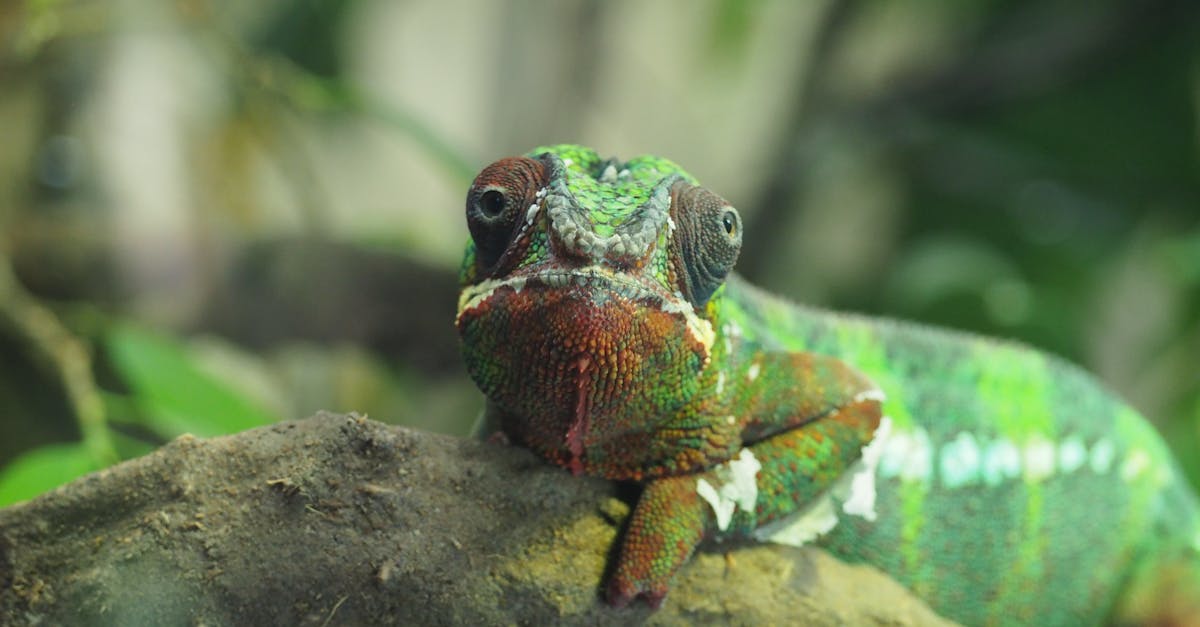
South America is a continent renowned for its exceptional biodiversity, hosting a vast array of plant and animal species that are crucial for maintaining the equilibrium of ecosystems worldwide. From the lush Amazon rainforest to the diverse ecosystems of the Andes Mountains and the unique Galapagos Islands, South America plays a pivotal role in global conservation efforts.
private philanthropy investing in nature
Private philanthropists are increasingly recognizing the importance of biodiversity conservation and are investing in initiatives to protect South America’s natural heritage. Through partnerships with local organizations and governments, these philanthropists are funding projects that aim to preserve endangered species, restore degraded habitats, and promote sustainable land use practices.
the economic benefits of biodiversity conservation
Recent studies have highlighted the substantial economic benefits that biodiversity conservation can bring to Latin American countries. By preserving ecosystems and promoting sustainable resource management, South American nations can harness the potential of ecotourism, sustainable agriculture, and bioprospecting, leading to long-term economic growth and development.
collaboration for conservation and sustainable development
International organizations such as the International Union for Conservation of Nature (IUCN) and the Economic Commission for Latin America and the Caribbean (ECLAC) are joining forces to support conservation and sustainable development efforts in South America. By signing cooperation agreements and implementing joint projects, these organizations are working towards enhancing biodiversity protection and promoting sustainable practices in the region.
key conservation projects in south america
Several conservation projects in South America are focused on achieving long-term success in preserving the continent’s rich biodiversity. From efforts to address the impacts of palm oil production on ecosystems to initiatives aimed at saving iconic habitats like the Pantanal wetlands, these projects demonstrate the dedication and innovation of conservationists in safeguarding South America’s natural heritage.
indigenous voices in conservation
Indigenous communities across Latin America are at the forefront of conservation efforts, drawing on their traditional knowledge and deep connection to the land to protect biodiversity. Through initiatives like the Guardians of the Earth program, indigenous voices are leading conservation projects that prioritize sustainable practices, respect for nature, and the preservation of cultural diversity.
As the world faces unprecedented rates of species extinction and ecosystem degradation, South America’s role in global conservation efforts has never been more critical. By investing in nature, promoting sustainable development, and collaborating across borders, the continent is taking significant steps towards safeguarding its biodiversity for future generations.
sustainable practices to protect South America’s biodiversity
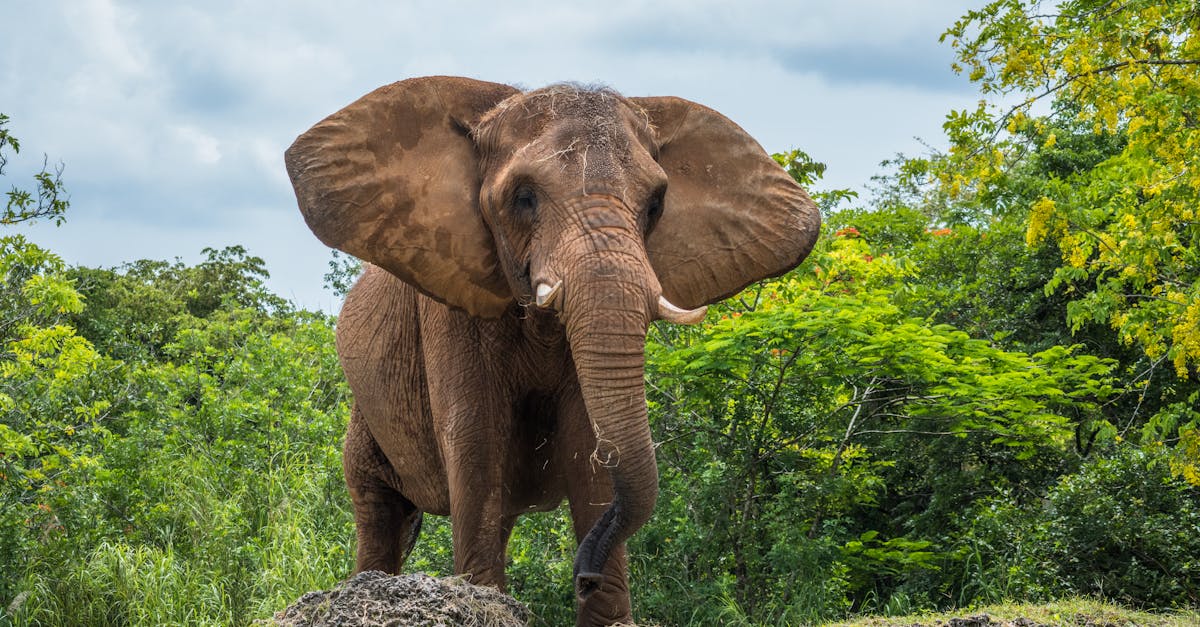
Latin America’s natural resources and climate change
Latin America is home to some of the most diverse ecosystems in the world, from the Amazon Rainforest to the Andes Mountains. However, the region is also facing significant environmental challenges, including deforestation, habitat loss, and climate change. Biodiversity in South America is crucial not only for the region’s ecosystems but also for the global environment. Preserving this rich biodiversity requires sustainable practices and a collective effort from governments, NGOs, and local communities.
Biodiversity: what it is, why it is important, and how to preserve it
Biodiversity refers to the variety of life forms on Earth, including plants, animals, and microorganisms, as well as the ecosystems in which they live. It plays a crucial role in maintaining ecological balance, providing essential ecosystem services such as clean air and water, pollination, and climate regulation. Protecting biodiversity is essential to ensure the resilience of ecosystems and the well-being of present and future generations.
5 Conservation Projects Focused on Long-Term Success
1. The Amazon Rainforest Conservation Project: This project aims to protect the Amazon Rainforest by combating deforestation and promoting sustainable land use practices.
2. The Galapagos Islands Conservation Initiative: Working to preserve the unique biodiversity of the Galapagos Islands through habitat restoration and invasive species control.
3. The Pantanal Wetlands Protection Program: Focused on conserving the diverse wetland ecosystems of the Pantanal by promoting sustainable tourism and responsible agricultural practices.
4. The Andean Condor Conservation Project: Working to protect this iconic species through habitat restoration and community engagement efforts.
5. The Atacama Desert Biodiversity Conservation Program: Collaborating with local communities to preserve the unique desert ecosystems of the Atacama through sustainable resource management and climate change adaptation strategies.
Promoting Sustainable Development in Brazil’s Pampa Biome
The Pampa Biome in Brazil is a vital region for biodiversity conservation, characterized by grasslands and savannas rich in plant and animal species. By promoting sustainable agricultural practices, reforestation efforts, and community-based conservation initiatives, Brazil is working to protect the Pampa Biome’s unique biodiversity while supporting local livelihoods and economic development.
On agrobiodiversity, the Andes can teach the world much about crop conservation (commentary)
The Andes region in South America is a hotspot of agrobiodiversity, with a wide variety of crop species cultivated by indigenous communities for centuries. By preserving traditional farming practices, conserving native crop varieties, and promoting seed banks and genetic diversity, the Andean region serves as a valuable example of sustainable agriculture and crop conservation for the rest of the world.
Saving Big Mammals Fights Extinction and Climate Change
Protecting large mammal species such as jaguars, tapirs, and giant anteaters is not only crucial for biodiversity conservation but also plays a role in mitigating climate change. Large mammals help maintain ecosystem balance, control herbivore populations, and disperse seeds, contributing to the resilience of their habitats and the overall health of ecosystems.
3 cutting-edge financial tools helping to mend the planet
1. Green Bonds: A financial instrument designed to raise capital for environmental projects, including renewable energy, conservation initiatives, and sustainable land use practices.
2. Conservation Finance: Innovative funding mechanisms that support biodiversity conservation efforts through investments, grants, and partnerships between stakeholders.
3. Ecosystem Services Markets: Platforms that allow for the buying and selling of ecosystem services such as carbon sequestration, water purification, and biodiversity protection, providing incentives for sustainable land management practices.
Indigenous Communities and Scientists Envision a Cleaner Amazon Basin
Indigenous communities in the Amazon Basin are key allies in biodiversity conservation efforts, given their traditional knowledge, sustainable land management practices, and close relationship with the land. By partnering with scientists, policymakers, and conservation organizations, indigenous communities are actively involved in envisioning a future where the Amazon Basin’s biodiversity is protected, and ecosystem health is restored.
The Silent Cry of the Forest: How Deforestation Impacts Indigenous Communities
Deforestation in South America not only threatens biodiversity but also has profound social impacts on indigenous communities dependent on forest resources for their livelihoods and cultural heritage. Protecting forests and promoting sustainable land use practices are essential to safeguarding the rights and well-being of indigenous peoples while conserving biodiversity for future generations.
Human development and biodiversity conservation can go hand in hand, study finds
Recent research shows that biodiversity conservation and human development are not mutually exclusive goals but can be complementary. By integrating conservation efforts with sustainable development practices, such as ecotourism, sustainable agriculture, and community-based resource management, South America can achieve both environmental conservation and socio-economic progress in a harmonious manner.
the potential impact of losing South America’s biodiversity
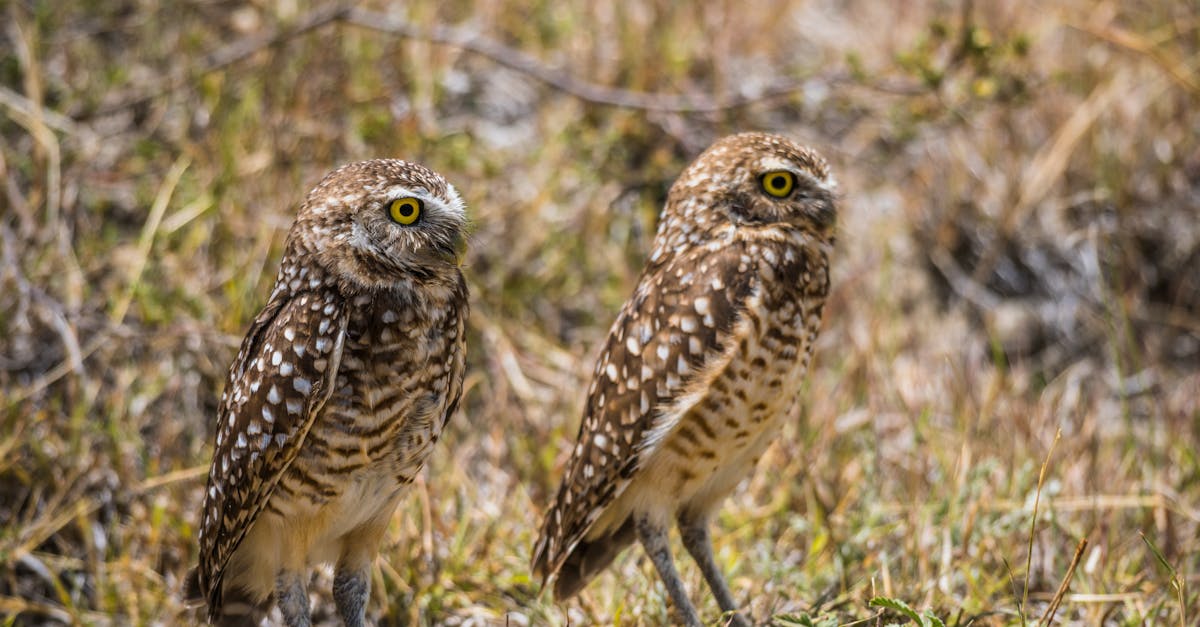
Biodiversity plays a crucial role in maintaining the health and balance of ecosystems, and nowhere is this more evident than in the rich and diverse landscapes of South America. The continent is home to a vast array of plant and animal species, many of which are found nowhere else on Earth. However, threats such as deforestation, habitat destruction, climate change, and unsustainable resource extraction are putting this extraordinary biodiversity at risk.
the importance of south america’s biodiversity
South America is known for its exceptional biodiversity, from the lush Amazon rainforest to the diverse ecosystems of the Andes mountains. This rich tapestry of life not only supports countless species of plants and animals but also provides ecosystem services that are essential for human well-being. These services include clean water, air purification, pollination, and climate regulation.
the impact of biodiversity loss
The loss of biodiversity in South America could have far-reaching consequences, both locally and globally. As species disappear, ecosystems become less resilient to environmental changes, making them more vulnerable to threats such as disease outbreaks, invasive species, and extreme weather events. This can lead to a domino effect, impacting not only wildlife but also human populations that depend on healthy ecosystems for food, water, and livelihoods.
addressing the challenges
To prevent further biodiversity loss in South America, urgent action is needed. This includes sustainable land management practices, protected area creation, community involvement in conservation efforts, and the promotion of environmentally friendly industries. It is also crucial to raise awareness about the importance of biodiversity and the need to protect it for future generations.
Preserving South America’s biodiversity is not only a matter of conservation but also a crucial step towards ensuring a sustainable future for the planet. By recognizing the value of biodiversity and taking proactive measures to protect it, we can help safeguard the extraordinary natural heritage of this diverse continent and contribute to global efforts to create a more resilient and sustainable world for all.
